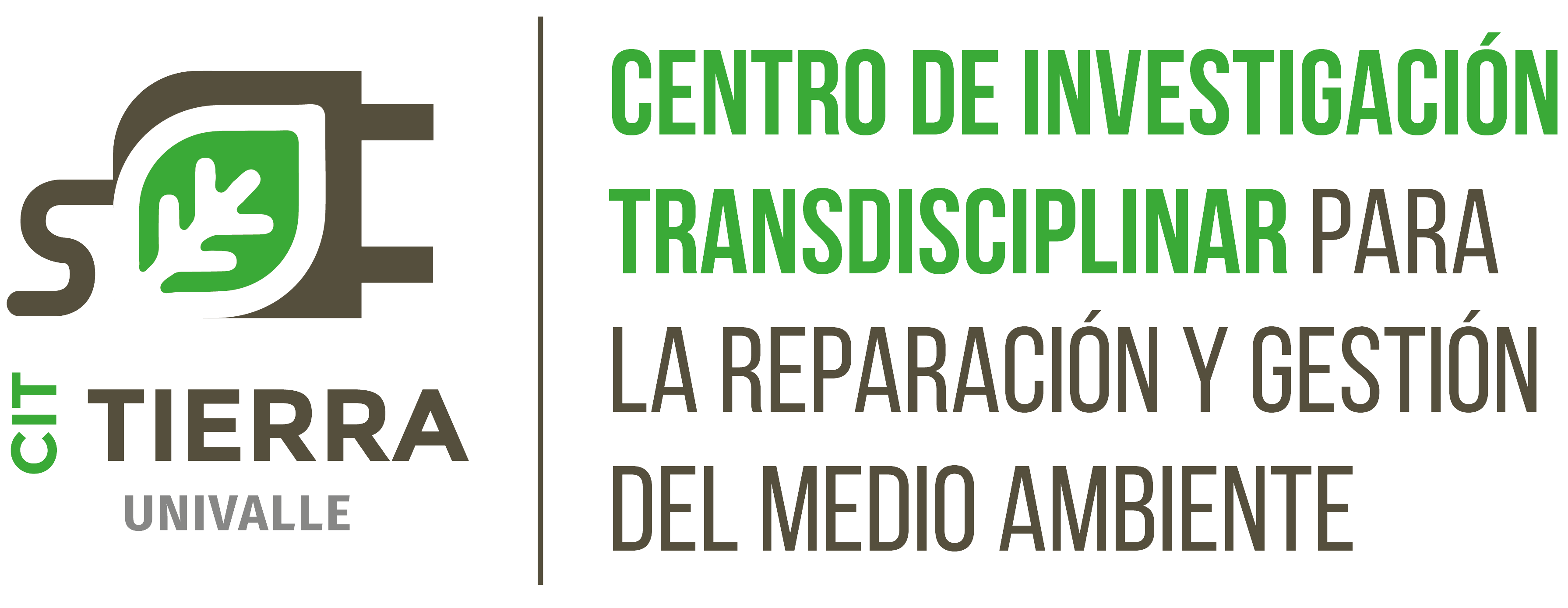Reduction of CO2 emissions in the city of Cochabamba, due to the substitution of diesel minibuses for electric minibuses in urban transport
Reduction of CO2 emissions in the city of Cochabamba, due to the substitution of diesel minibuses for electric minibuses in urban transport
DOI:
https://doi.org/10.52428/20758944.v19iEspecial.404Keywords:
Greenhouse Gases, electromobility, vehicle fleet, CO2 emission, lithium-ion batteries, IPCC, electric minibuses, energy transitionAbstract
This study analyzes the possibility of reducing CO2 emissions from public transport in the city of Cochabamba, through the partial replacement of diesel minibuses with electric minibuses, because in 2018 a study by the Cochabamba Municipal Transport Program depletion that the vehicle fleet is responsible for 86% of the environmental pollution in the city. Through the bibliographic review, updated data was obtained on the energy matrix, the vehicle fleet in the department, the different electromobility technologies that can easily adapt to the topography of Cochabamba, and the operating costs of these mobilities.
If there were an incentive policy and financing mechanism for the replacement of the selected sample (minibus models less than the year 2,000 and that use diesel, 1,766 vehicles) for electric minibus, the reduction of CO2 emissions calculated over the total of cars in the public transport of Cochabamba (17,526 motorized vehicles), it is approximately 7.36%.
The execution of the project would underpin the sustainable development of motor transport. It is expected that in the following years, the State will recover the substitution of combustion vehicles since air pollution increases daily and hydrocarbon reserves decrease. An additional advantage for Bolivia is that it has significant lithium reserves at the level, and is promoting its industrialization of lithium for the construction of storage systems, contributing at the same time to the global objectives of the IPCC (Intergovernmental Panel of Experts on Climate Change). Climate), emitting less polluting gases and the greenhouse effect.
Downloads
References
ANH (2015). La venta de gasolina aumentó en 2014 en 8,55% y de diésel, en 6,41%. Recuperado de: https://www.anh.gob.bo/w2019/contenido.php?s=5&O=736
Aragon, E. (1 de julio 2021). ¿Por qué el mantenimiento de un coche eléctrico es un 30% menor que el de uno de combustión?. Movilidad Eléctrica. Recuperado de: https://movilidadelectrica.com/mantenimiento-de-un-coche-electrico/#:~:text=El%20coste%20energ%C3%A9tico%2C%20junto%20al,a%20trav%C3%A9s%20del%20e%2D208.
Convención Marco de las Naciones Unidas sobre el Cambio Climático. (2017). Informe de Cambio Climático y Emisiones de CO2. Recuperado de: https://unfccc.int/es/process-and-meetings/the-convention/que-es-la-convencion-marco-de-las-naciones-unidas-sobre-el-cambio-climatico
El Instituto Boliviano de Comercio Exterior (IBCE). (2020). Bolivia: Importaciones de diésel. Recuperado de: https://ibce.org.bo/publicaciones-ibcecifras-pdf.php?id=859
Fernandez V. C., Brecha RJ, Fernandez F M (2022). Analyzing Carbon Emissions Policies for the Bolivian Electric Sector. Renewable and Sustainable Energy Transition.
https://doi.org/10.1016/j.rset.2022.100017 DOI: https://doi.org/10.1016/j.rset.2022.100017
Fernández F., Fernández V. y Rodríguez C. (2020). Situación Energética Bolivia. WWF - Bolivia, ENERGETICA. Recuperado de: https://wwflac.awsassets.panda.org/downloads/1 _situacion_energetica_bolivia_25_02_optimized.pdf
Fernández F. y Fernández V. (28 de agosto de 2017). Inventario, evaluación y proyección de las emisiones de carbono provenientes del sector eléctrico nacional-Bolivia 2025. Acta Nova, 8 (3), pp. 354 - 375
Fernández Fuentes, M. (2019). Buses Eléctricos para La Paz: PumaKatari Solar. Recuperado de: http://www.energetica.org.bo/energetica/noticias.asp
Flores O., Fabela M., Blake C., Vázquez D. Y Hernández R. (agosto, 2014). Regulación de emisiones contaminantes de los motores de combustión interna. Instituto Mexicano del Transporte. Recuperado de: https://imt.mx/resumen-boletines.html?IdArticulo=396&IdBoletin=149#:~:text=Desde%20su%20invenci%C3%B3n%2C%20los%20motores,ejemplifica%20en%20la%20Figura%201.
Hyundai Motor lanza el minibús 'County electric'. (2020). Hyundai News. Recuperado de: https://www.um.es/documents/378246/2964900/Normas+APA+Sexta+Edici%C3%B3n.pdf/27f8511d-95b6-4096-8d3e-f8492f61c6dc
Instituto Nacional de Estadística. (2019). Boletín de Parque automotor 2018. Recuperado de: https://www.ine.gob.bo/index.php/boletin-estadistico-parque-automotor-2019/
Jest electric-Karsan. (2019). Karsan. Recuperado de: https://www.Karsan.com/es/jest-electric-aspectos-destacados
Lorena, I. (2019). Análisis de Tecnología, Industria, y Mercado para Vehículos Eléctricos en América Latina y el Caribe. Recuperado de: /An%C3%A1lisis_de_tecnolog%C3%ADa_ industria_y_mercado_para_veh%C3%ADculos_el%C3%A9ctricos_en_Am%C3%A9rica_Latina_y_el_Caribe_es_es.pdf
Miranda, B. (19 de mayo de 2020). Litio en Bolivia: por qué el país con las mayores reservas de este valioso recurso tiene tantos problemas para explotarlo. BBC NEWS MUNDO. Recuperado de: https://www.bbc.com/mundo/noticias-america-latina-51666362
Opinión (27 de agosto de 2019). 86 por ciento de contaminación del aire en Cochabamba es provocado por parque automotor. Opinión. Recuperado de: https://www.opinion.com.bo/articulo/cochabamba/86-ciento-contaminaci-oacute-n-aire-cochabamba-es-provocado-parque-automotor/20190827090900658711.html
Unidad de Comunicación del Gobierno Nacional (26 de marzo de 2021). Yacimientos de Litio Bolivianos firma convenio de cooperación interinstitucional con la Empresa Tecnologías de Ecomovilidad Urbana. UNICOM. Recuperado de: https://www.ylb.gob.bo/archivos/ notas_archivos/ucylb26032021.pdf
Published
How to Cite
Issue
Section
License
Copyright (c) 2023 Abigail Lupe Aguilar Yapura, Miguel Fernandez Fuentes

This work is licensed under a Creative Commons Attribution 4.0 International License.
Authors who publish with this journal agree to the following terms:
- Authors retain copyright and grant the journal right of first publication with the work simultaneously licensed under a Creative Commons Attribution License 4.0 that allows others to share the work with an acknowledgement of the work's authorship and initial publication in this journal.
- Authors are able to enter into separate, additional contractual arrangements for the non-exclusive distribution of the journal's published version of the work (e.g., post it to an institutional repository or publish it in a book), with an acknowledgement of its initial publication in this journal.
- Authors are permitted and encouraged to post their work online (e.g., in institutional repositories or on their website) prior to and during the submission process, as it can lead to productive exchanges, as well as earlier and greater citation of published work.















